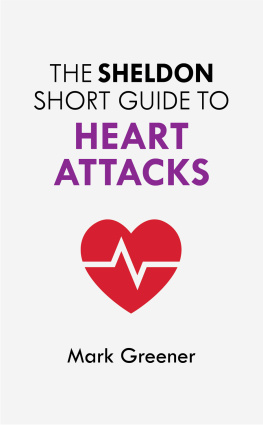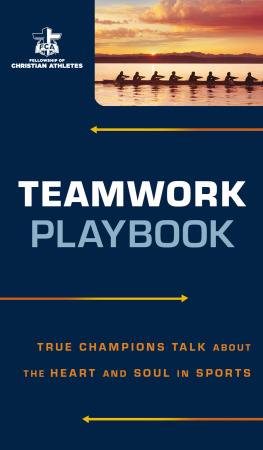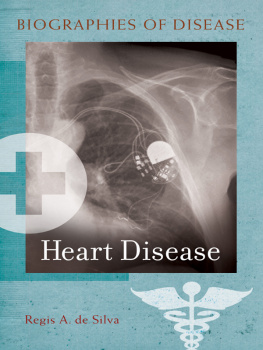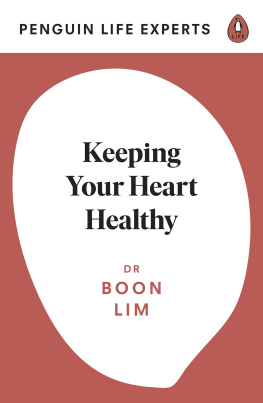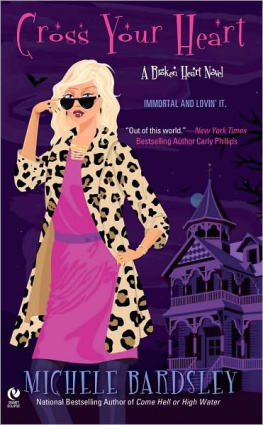Christopher J. Case - The Haywire Heart: How too much exercise can kill you, and what you can do to protect your heart
Here you can read online Christopher J. Case - The Haywire Heart: How too much exercise can kill you, and what you can do to protect your heart full text of the book (entire story) in english for free. Download pdf and epub, get meaning, cover and reviews about this ebook. year: 2017, publisher: VeloPress, genre: Romance novel. Description of the work, (preface) as well as reviews are available. Best literature library LitArk.com created for fans of good reading and offers a wide selection of genres:
Romance novel
Science fiction
Adventure
Detective
Science
History
Home and family
Prose
Art
Politics
Computer
Non-fiction
Religion
Business
Children
Humor
Choose a favorite category and find really read worthwhile books. Enjoy immersion in the world of imagination, feel the emotions of the characters or learn something new for yourself, make an fascinating discovery.
- Book:The Haywire Heart: How too much exercise can kill you, and what you can do to protect your heart
- Author:
- Publisher:VeloPress
- Genre:
- Year:2017
- Rating:3 / 5
- Favourites:Add to favourites
- Your mark:
The Haywire Heart: How too much exercise can kill you, and what you can do to protect your heart: summary, description and annotation
We offer to read an annotation, description, summary or preface (depends on what the author of the book "The Haywire Heart: How too much exercise can kill you, and what you can do to protect your heart" wrote himself). If you haven't found the necessary information about the book — write in the comments, we will try to find it.
Too much exercise can kill you. The Haywire Heart is the first book to examine heart conditions in athletes. Intended for anyone who competes in endurance sports like cycling, triathlon, running races of all distances, and cross-country skiing, The Haywire Heart presents the evidence that going too hard or too long can damage your heart forever. Youll find what to watch out for, what to do about it, and how to protect your heart so you can enjoy the sports you love for years to come.
The Haywire Heart shares the developing research into a group of conditions known as athletes heart, starting with a wide-ranging look at the warning signs, symptoms, and how to recognize your potential risk. Leading cardiac electrophysiologist and masters athlete Dr. John Mandrola explores the prevention and treatment of heart conditions in athletes like arrhythmia, atrial fibrillation and flutter, tachycardia, hypertrophy, and coronary artery disease. He reviews new research about exercise intensity and duration, recovery, inflammation and calcification, and the ways athletes inflict lasting harm.
These heart problems are appearing with alarming frequency among masters athletes who are pushing their bodies harder than ever in the hope that exercise will keep them healthy and strong into their senior years. The book is complete with gripping case studies of elite and age-group athletes from journalist Chris Caselike the scary condition that nearly killed cyclist and coauthor Lennard Zinnand includes a frank discussion of exercise addiction and the mental habits that prevent athletes from seeking medical help when they need it.
Dr. Mandrola explains why many doctors misdiagnose heart conditions in athletes and offers an invaluable guide on how to talk with your doctor about your condition and its proven treatments. He covers known heart irritants, training and rest modifications, effective medicines, and safe supplements that can reduce the likelihood of heart damage from exercise.
Heart conditions affect hardcore athletes as well as those who take up sports seeking better health and weight loss. The Haywire Heart is a groundbreaking and critically important guide to heart care for athletes. By protecting your heart now and watching for the warning signs, you can avoid crippling heart conditions and continue to exercise and compete for years to come.
Christopher J. Case: author's other books
Who wrote The Haywire Heart: How too much exercise can kill you, and what you can do to protect your heart? Find out the surname, the name of the author of the book and a list of all author's works by series.


